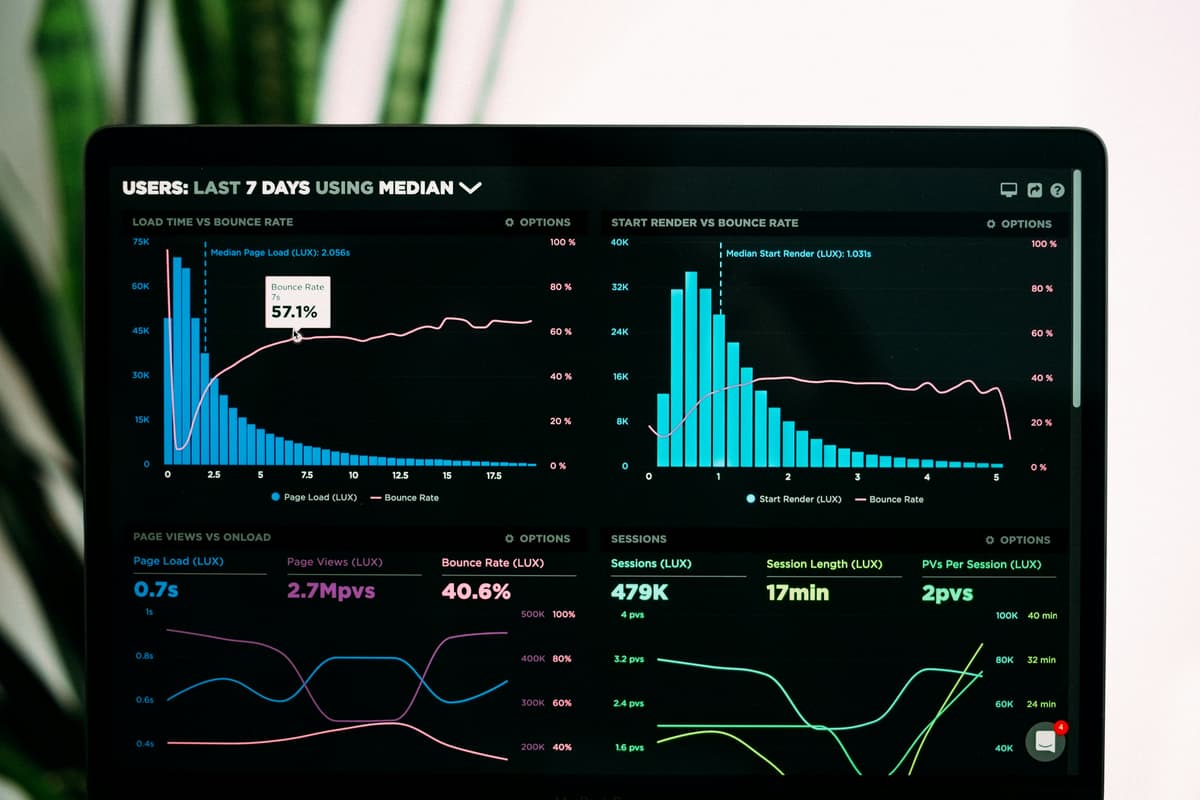
Regular performance auditing: why it's important to monitor Web Vitals and how to do it
In today's world of web development, website performance plays a key role in business success. Users expect pages to load instantly, and search engines like Google take website speed into account when ranking. In this article, we'll break down why regular performance audits are important, how to monitor key Web Vitals metrics, and what tools to use for effective analysis.
Why is site performance so important?
‘Site performance isn't just a technical metric, it's a user experience that directly impacts conversion and loyalty.’ - Google
- Impact on User Experience: Slow loading pages lead to increased bounce rates. According to research, 53% of users will leave a site if it takes longer than 3 seconds to load.
- SEO Optimisation: From 2021, Google uses Core Web Vitals as one of the ranking factors. Poor performance can reduce a site's visibility in search engine rankings.
- Conversion and Revenue: A 0.1 second performance improvement can increase conversion by 10%. This is especially important for online shops and services.
##What are Web Vitals and why monitor them?
Web Vitals are a set of metrics developed by Google to evaluate user experience on a website. They include three key metrics:
- Largest Contentful Paint (LCP): The load time of the main content. The optimal value is less than 2.5 seconds.
- First Input Delay (FID): Response time for the first user interaction. The optimal value is less than 100 ms.
- Cumulative Layout Shift (CLS): Stability of visual content. The optimal value is less than 0.1.
These metrics help you understand how comfortable users are interacting with your site.
Why do I need regular performance audits?
Website performance is not a static metric. It can degrade for a variety of reasons:
- Addition of new functionality or content.
- Changes in code or third-party libraries.
- Increased traffic and server load.
- Browser or search engine algorithm updates.
Regular auditing allows you to:
- Identify problems in a timely manner.
- Optimise the site to improve user experience.
- Maintain high search engine rankings.
How often should performance measurements be taken?
The frequency of auditing depends on the type of site and its activity. Here are rough guidelines:
Static business card site -> 1 time every 3 months Blog or news portal -> 1 time per month Online shop -> once every 2 weeks Highly loaded service -> Continuous monitoring
For dynamic projects with frequent updates it is better to set up automatic monitoring.
How to perform a performance audit: a step-by-step guide
- Define key pages: Start with the homepage, product or service pages, and popular sections.
- Measure: Use tools like PageSpeed Insights or Lighthouse to get Core Web Vitals data.
- Analyse the results: Pay attention to LCP, FID, and CLS metrics. Identify bottlenecks.
- Optimise the site:
- Compress images and use modern formats (WebP).
- Minimise CSS, JavaScript and HTML.
- Implement caching and CDNs.
- Repeat measurements: After making changes, check how they affected performance.
Benefits of Automated Monitoring
Manual measurements take time and don't always identify problems quickly. Automatic monitoring with our service gives:
- Around-the-clock monitoring: We monitor the performance of your website 24/7.
- Problem Notifications: You'll know about failures or performance degradation immediately.
- Historical data: Analyse performance changes over any period.
- Integration with popular tools: Connect Google Analytics, Search Console and other services.
Conclusion
Regular performance auditing is not just a recommendation, but a necessity for any website that strives to be successful. Web Vitals monitoring helps identify problems before they affect users and search rankings. Use modern tools like our service to automate the process and focus on growing your business.
‘Performance is not a one-time event, but an ongoing process of improvement.’ - Web Optimisation Expert
Don't put off an audit until later - start improving your website today! Try our performance monitoring service and see how easy and effective it is.